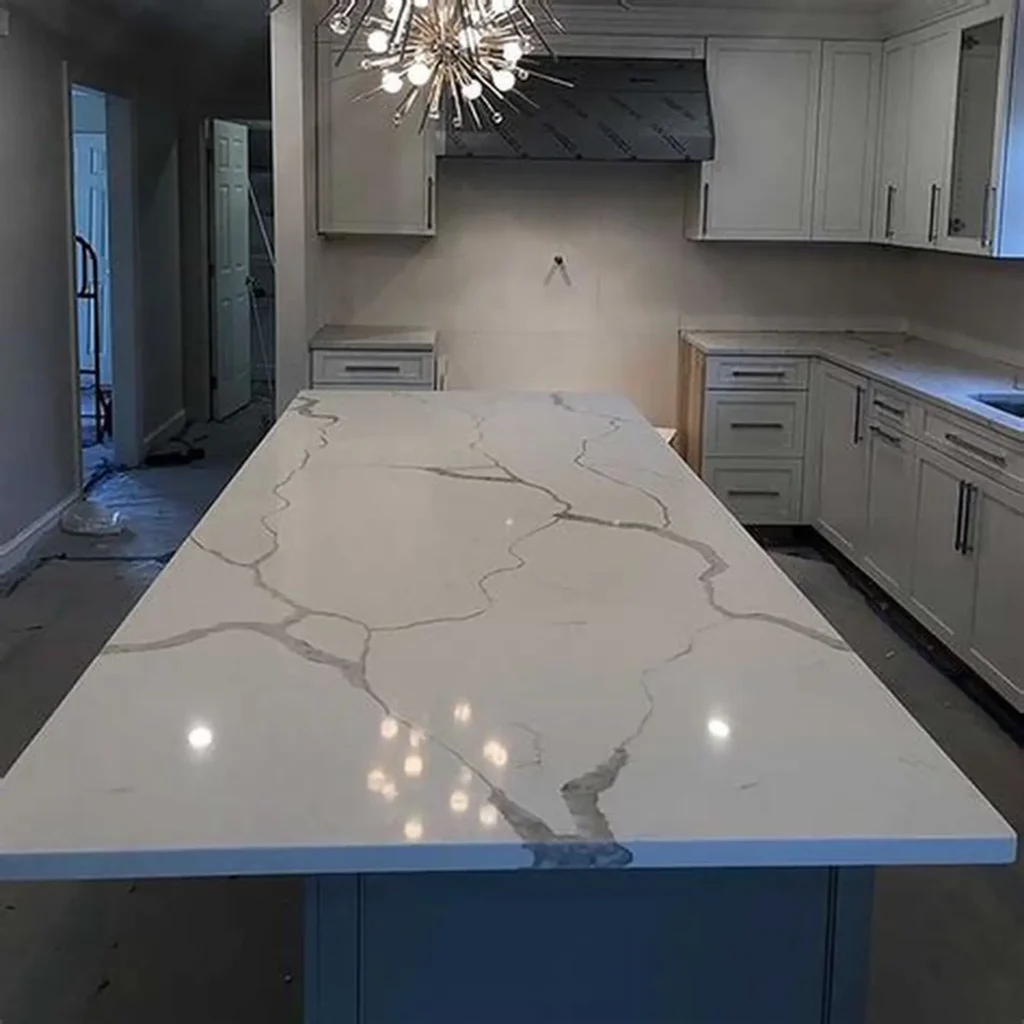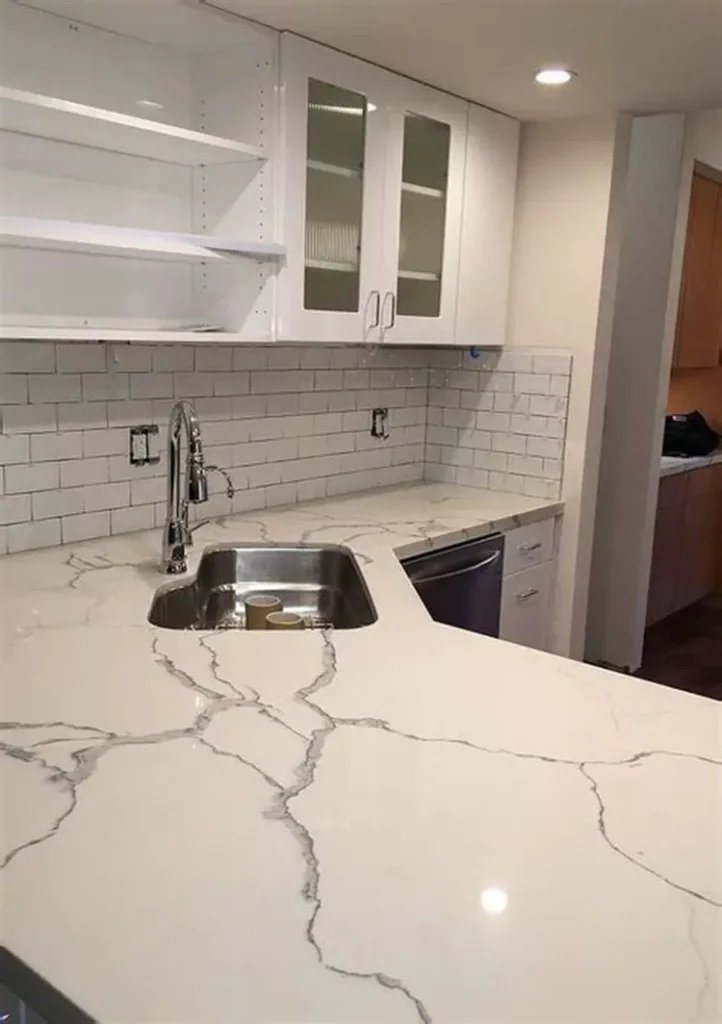Granite is a popular choice in construction and design thanks to its striking appearance, long-lasting durability, and unique natural origins. Whether you’re a geologist, homeowner, or builder, understanding the composition of granite is essential when choosing materials for countertops, flooring, and architectural features. A key scientific question that arises is: Is granite homogeneous or heterogeneous?
In this article, we explore granite’s structure, mineral content, and geological properties to determine its classification and how this impacts its use in modern applications.

What Is Granite?
Geological Overview
Granite is a coarse-grained igneous rock that forms deep within the Earth’s crust. It is primarily composed of the minerals quartz, feldspar, and mica, along with minor amounts of other minerals. Its mineral grains are large enough to be visible without magnification, a key trait that plays into its classification as either homogeneous or heterogeneous.
Discover more: Is granite a mineral?

Is Granite Homogeneous or Heterogeneous?
Scientific Definition
In scientific terms:
- A homogeneous material has a uniform composition throughout and appears consistent no matter where it is observed.
- A heterogeneous material contains visibly different substances or phases.
Granite’s Classification
Granite is heterogeneous. This means that you can see its different mineral components with the naked eye. The mix of quartz, feldspar, and mica varies from one part of the stone to another, giving it a speckled or patterned appearance.
The color and crystal distribution are not uniform throughout, making each piece of granite truly unique.
Further insight: Is granite a natural stone?
Composition of Granite
Key Mineral Components
Granite typically includes:
- Quartz – Transparent to white, contributes to hardness
- Feldspar – Pink, white, or grey in color
- Mica – Black or dark brown, adds contrast
These minerals are interlocked within the rock, and the variation in their concentration and distribution makes granite clearly heterogeneous.
Granite Geology and Texture
Granite forms slowly from cooling magma, giving it a phaneritic texture – large crystals that can be seen easily. This further supports its classification as a heterogeneous material.
Characteristics of Granite Stone
Physical Traits
- Hardness: 6-7 on Mohs scale
- Density: ~2.7 g/cm³
- Color Range: Black, white, grey, pink, green, and more
Aesthetic Features
- Naturally veined or speckled appearance
- No two granite slabs are exactly alike
Practical Applications of Granite
Granite Countertops
Granite is a favorite in modern kitchen and bathroom design due to its natural beauty and durability. Popular choices include:
- White granite countertops
- Black granite countertops
- Granite backsplash designs
Choosing the right finish, color, and edge style can dramatically impact your space. Read more: Granite countertop
Maintenance and Care
- Clean granite countertops with mild soap and soft cloth
- Sealing granite every 1-2 years enhances stain resistance
- Address surface damage with repair kits:
Natural vs. Engineered Granite
Natural Granite
- Quarried directly from Earth
- Displays natural variations (heterogeneous)
Engineered Granite
- Manufactured using crushed granite and resins
- More uniform in appearance, may be closer to homogeneous visually
In comparison, natural granite’s heterogeneity adds value and aesthetic character, while engineered stone provides consistency.
Granite vs Other Countertop Materials
Granite vs Quartz Countertops
- Granite: Natural, heterogeneous, heat-resistant
- Quartz: Engineered, visually uniform, non-porous
Granite vs Marble and Soapstone
- Marble: Softer, also heterogeneous but more porous
- Soapstone: Homogeneous in texture, softer than granite
Explore the full natural stone countertop comparison to find your ideal match.
Granite Sourcing and Installation
Aardwolf Granite Solutions
Aardwolf offers:
- Granite countertop collection
- Premium granite slabs
- Professional installation services
- Affordable granite pricing guide
- Best granite colors for modern interiors
Use lifting clamps to handle heavy granite safely during installation.
Where to Buy Granite Countertops
- Wholesale granite suppliers
- Home improvement centers
- Local fabricators and showrooms
Conclusion: Granite Is a Heterogeneous Natural Stone
So, is granite homogeneous or heterogeneous? Granite is a heterogeneous natural stone, composed of visibly distinct mineral grains that vary in size, color, and arrangement. This natural diversity is what gives granite its character and timeless appeal.
Whether you’re choosing materials for countertops or studying geological specimens, knowing the heterogeneous nature of granite helps you appreciate its unique beauty and structural reliability.

